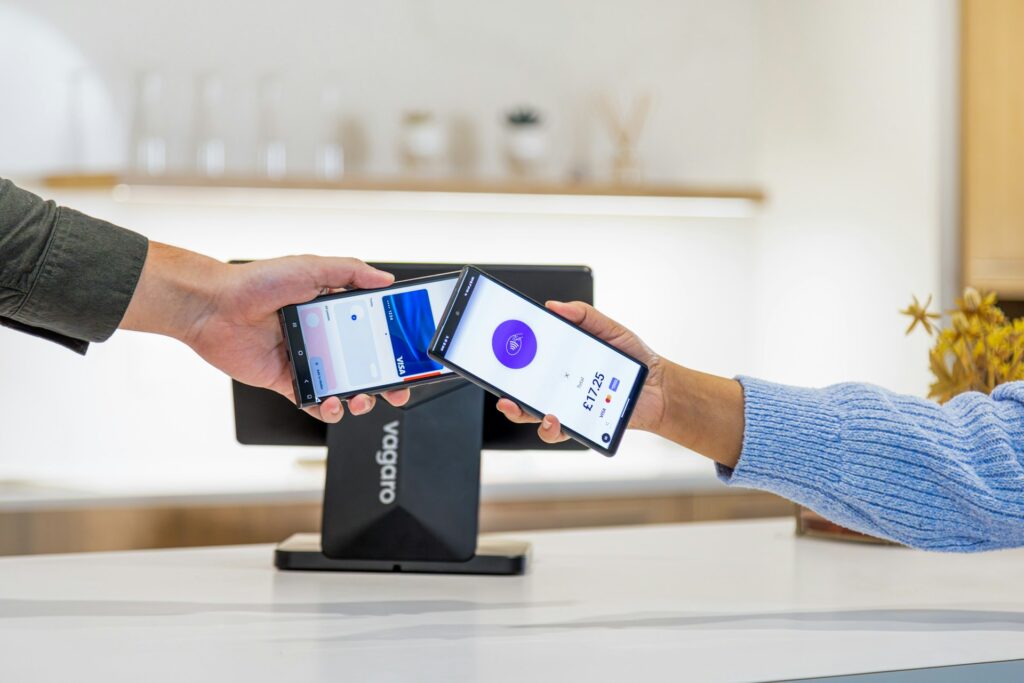
The pandemic shifted our priorities in ways we’re still unpacking. From how we shop to how we gather, one trend is undeniable: contactless convenience is now the rule, not the exception. And while much of the conversation has focused on retail and healthcare, access control—especially in residential and multi-tenant environments—has undergone a quiet revolution.
Before 2020, entering an apartment building or gated community often meant juggling physical keys, swiping outdated fobs, or waiting for someone to buzz you in. These interactions were tolerable, even normal. But during a time when physical contact became something to avoid, those friction points became glaring vulnerabilities. The pandemic didn’t just highlight hygiene concerns—it accelerated a demand for smarter, more seamless ways to navigate shared spaces.
Touchless Tech Is Here to Stay
What began as a health-driven response has evolved into a lasting expectation. Today’s residents and property managers want access control that’s intuitive, secure, and doesn’t involve pressing communal buttons or sharing physical devices. But as with many technological shifts, not all solutions are created equal.
In the rush to go “touchless,” some systems have leaned into flashy features at the expense of functionality. Others require overly complex integrations or force users into proprietary ecosystems that create long-term dependencies and hidden costs. In worst-case scenarios, some platforms raise privacy concerns with excessive data collection or opaque backend infrastructure.
The result? A marketplace flooded with access control solutions that promise modern convenience but often deliver headaches instead.
What Sensible Innovation Looks Like
Real innovation doesn’t just remove friction—it respects the needs of both end-users and property managers. That means creating systems that are easy to use, simple to manage, and designed for real-world conditions.
A standout example of this approach is Gatewise and its Tap To Open access system. Rather than reinventing the wheel or layering on unnecessary complexity, Gatewise focused on what matters most: letting residents open gates and doors with their smartphones—quickly, securely, and without touching a thing.
With Tap To Open access, residents don’t need to remember codes, carry fobs, or rely on outdated intercoms. A single tap on their phone gives them instant entry, while property managers gain full visibility and control through a cloud-based dashboard. It’s secure, scalable, and refreshingly straightforward.
Balancing Safety, Simplicity, and Privacy
The shift to contactless access isn’t just about convenience—it’s about trust. Residents want to feel safe not just physically, but digitally. Gatewise addresses that concern with encrypted mobile credentials and a transparent, privacy-conscious design. Unlike systems that rely on biometric data or invasive tracking, Tap To Open access strikes the right balance between functionality and respect for user autonomy.
As more communities reevaluate their infrastructure in a post-pandemic world, it’s clear that legacy systems no longer make the cut. The future of access control belongs to solutions that are not only touchless, but thoughtful—tools that make life easier without compromising security or ethics.
Conclusion
Touchless access is no longer a luxury—it’s a baseline. But making it work requires more than just removing a keypad or installing an app. It takes sensible innovation, grounded in real-world use and ethical tech principles. Gatewise’s Tap To Open access offers a model for how to get it right: seamless for residents, manageable for operators, and built with the future in mind.

